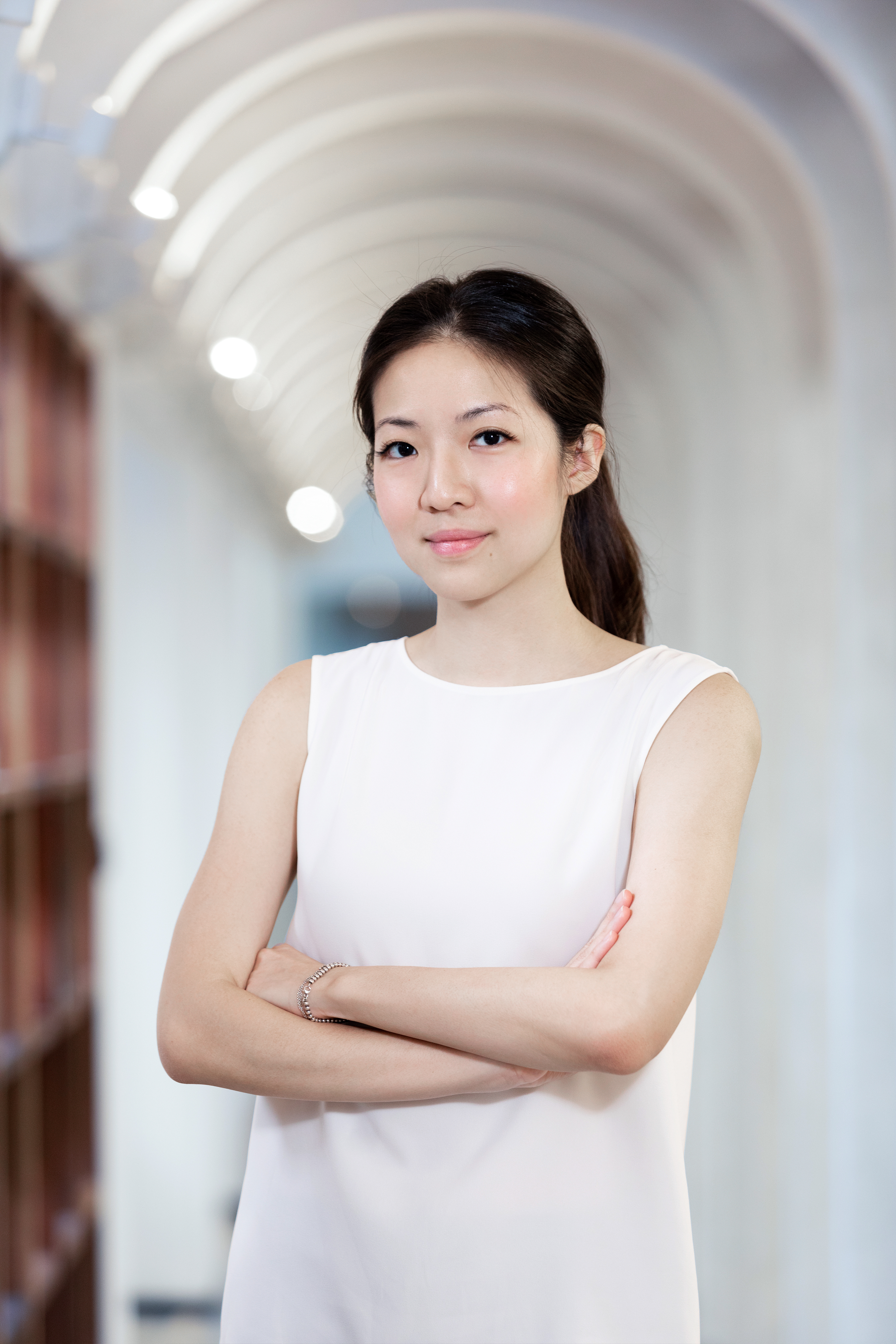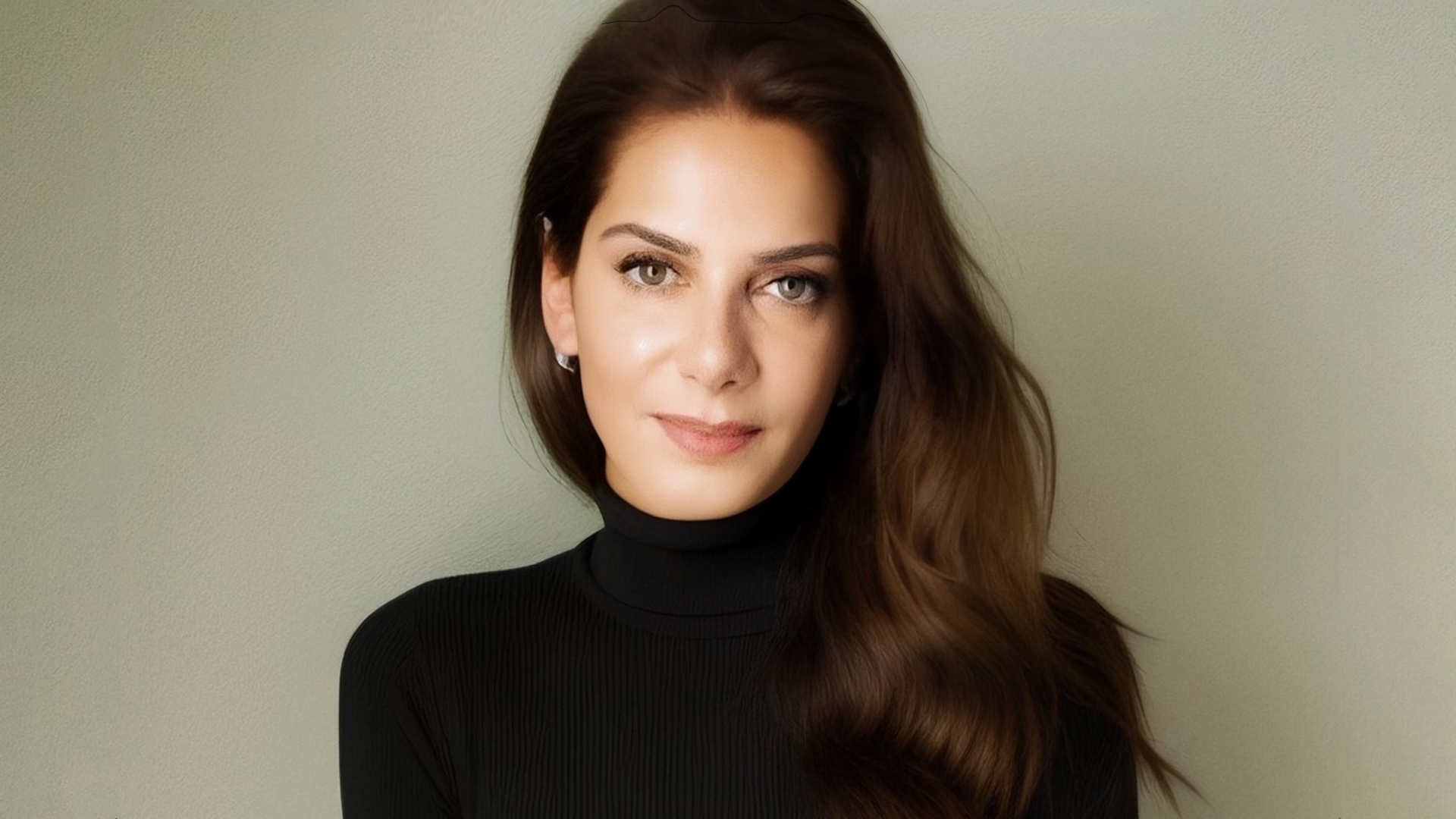To adapt to changing consumer appetites, Forevermark introduced its first range targeted at young millennials: Libert’aime by Forevermark. Luxury Society caught up with CEO Stephen Lussier at the brand’s global launch event in Shanghai.

To adapt to changing consumer appetites, Forevermark introduced its first range targeted at young millennials: Libert’aime by Forevermark. Luxury Society caught up with CEO Stephen Lussier at the brand’s global launch event in Shanghai.
How would you describe the brand positioning of Libert’aime by Forevermark in China?
When we developed this brand new concept, Libert’aime by Forevermark, we really were inspired by the new, younger, millennial woman both in China and around the world. Things like strength, uniqueness, authenticity, and I think a general positivism about the opportunity to make something wonderful of their life, is a spirit amongst this group. So we started with that spirit and we said: What kind of environment would they like to buy diamond jewellery in? Not just for life’s special occasions like weddings, but jewellery that they can use to celebrate everyday life as well. That needed a new approach, new designs, more accessible prices, and an entirely new environment that didn’t look like a traditional jewellery store. So that’s how the concept of Libert’aime and our slogan “Be you. Be a diamond.” came about. It is about being authentic, being your real self, and striving for great things.
Do you see a change in the way diamonds are being purchased around the world?
Yes. Interestingly, we’ve seen the impact of female economic empowerment on the way in which diamond jewellery is bought around the world – including here in China. Women around the world still very much want to receive gifts that are symbolic of love and commitment, but they don’t only want that. They think: Why can’t I have a diamond for other reasons? And I think it’s because the diamond, again, is a symbol of achievement to them. And they want to be able to acquire those things, so Libert’aime is a model built around the idea; of buying diamonds for yourself.
Does it all come down to purchasing power then?
I think it all comes back to this strength. Interestingly, the importance of self-strength, self-belief, and self-confidence is common now between young women and men. Diamonds are the hardest substance known to man – it's one of the reasons they’ve been a symbol of strength and good fortune for hundreds of years. Young women used to see strength and femininity as two very different things but not anymore. We’ve done big surveys around the world, asking women if they would rather be considered strong or soft, and they say strong. We’re strong now. Twenty years ago they wouldn’t. They would give you a different answer. In some ways, I think that diamonds appeal to young men and young women for the same reason. They’re a symbol of strength and confidence.
What is Libert’aime by Forevermark’s approach towards reaching the new generation of millennial consumers?
With Libert’aime, we wanted to do a few things differently. First of all, we wanted to create design assortments that are more playful, more fun, and definitely more accessible in terms of price. So they’re easier for young women to buy on their own. The spirit of it is more “let’s have fun with diamonds” rather than “this is my most precious, classic [piece]” – which is what the classic Forevermark model promotes.
Secondly, we also wanted to create a store environment that felt different and reflected the way these women buy luxury and fashion products today. So for example, you won’t see the traditional showcases that you normally see diamond jewellery in. You’ll see the store built around what we call the Diamond Bar, which allows the consumer and the brand ambassador to interact more like friends and less like people on either side of a counter. We also built technology into it, things like what we call the Magic Mirror, which allows these consumers to immediately post pictures of them trying on diamond jewellery on their social media feeds – because social media is so important to them. And why not make that part of the store experience rather than something that happens outside the store? In that way, we think that it’ll feel like a natural home for these young millennial women, because it has the things they’re used to using every day in life.
At the end of the day, if they want to buy in store, that is great. But if they want to buy on WeChat, that is great as well. We’re quite neutral to how it actually happens in the end. We need to be quite seamless between our online and our offline lives.
With millennials living out most of their lives online, is there really a need for offline stores anymore?
I think that with jewellery, I think there will always be a place for [offline] stores. Part of the fun in buying a jewellery piece is the decision-making process – which includes the act of actually trying it on. And of course you can try it on offline and send it back, but we want to create an environment that’s relaxed for people to go into. They can go in there, even when they’re not thinking about buying anything, just to see what’s new, try some things on and save it in their social media world to look at later. I think really what we want to do is to create an environment, which is not just one thing or the other, but where people can flow through online, flow through offline. And that, I think, is the best model for jewellery.
But in the end, it doesn’t really matter what we want to do, it’s what the consumer wants. And what we’re learning is that they want to have the freedom to explore and buy wherever they are, in whatever format they want. But they don’t want to be pushed into just one.
Libert’aime by Forevermark is a very design-centric line. Will it consistently feature external design collaborators, or will all the designing be done in-house?
Interesting, because even now, at the start, we are doing a bit of both. The core of our jewellery design comes from our design innovation centre, which is in Milan, Italy. I think that there’s a strong international feeling around Forevermark, and around Libert’aime, because while our designers are largely Italians working out of Milan, they have a pretty good understanding and viewpoint of the world.
But for the launch, we decided to work together with a young Chinese man, Timmy Xu. You might ask: Why a man to start? Because we wanted someone who young, and a part of this generation we’re looking to appeal to. When I talk about Forevermark, you’ll often hear me talking about light. I’m very focused on light, because that’s what makes one diamond more beautiful than another – the way in which it handles light. Timmy seems to have this equal fascination with light. So creating a collection to launch Libert’aime around Le Light with Timmy also seemed a natural thing to do. Fortunately, he’s got very good creative insight into jewellery design, which isn’t an easy thing to do. Jewellery is a bit different from other things, but we’re really pleased with the collaboration that we got to help launch Libert’aime by Forevermark into the world.
How does the brand plan to leverage social media in China?
Coming from the West I’m always amazed at the extraordinary role that mobile phones play in people’s lives here in China and at the extraordinary impact of WeChat, which is really unlike anything that we have. I’d have to think of four things in the West and put them together to get the WeChat equivalent. So even before the store opened, we did a pop-up on WeChat, and we’re going to maintain that presence on WeChat.
You know, what I’ve learned about this social media world is that your best marketers today are your happy customers. And if you create the tools that allow them to share with their friends, through social media, what makes them happy about your brand – that’s the most powerful marketing you can have. So for us, creating both in store and online tools that help them to share their product and their joy and their experience, is task number one.
Join Luxury Society to have more articles like this delivered directly to your inbox
What kind of growth opportunities do you see for Libert’aime by Forevermark in China?
I think for us there are still a couple of opportunities in the China market. One must recognise that the bridal opportunity is still has room for growth. There’s something like 11 million marriages a year in China. We’ve increased the number of brides in China who get a diamond for their wedding from zero back in 1993, to around half of all brides today – much higher in Shanghai where virtually, if you don't get one, it’s hard to even consider yourself married. I also think there’s room for growing love gifting amongst married couples, so that’s an opportunity that we look at. But particularly with Libert’aime, we think that the self-purchase market has been largely undeveloped. And often people think: To get a diamond, it has to be gifted to me as a symbol of love. Well, that’s fine, but it doesn't have to be. It can also be a symbol of yourself, a symbol of achievement, a symbol of self-worth. And for that, you can buy it for yourself. So our focus with Libert’aime is very much going to be focused on that self-purchase.
What other consumer segments do Libert’aime by Forevermark and Forevermark as a larger brand hope to grow in the near future?
I try not to think about women only. One thing I do notice in Shanghai is that the men are quite fashionable here as well. So I think that the idea of diamonds for men, in Shanghai, has a lot of upside for us. I look also at countries like Japan that have very strong male fashion drive, and see the opportunity there as well. And I can also see it in parts of the more creative communities within the US, and Europe.
I think young men are getting much more interested in fashion. There’s a lot more freedom in what men choose to wear. And interestingly, if you look 500 years back in time, only men and not women wore diamonds. It was the kings and the princes who had the diamonds. And it wasn’t until a couple of hundred years later actually, that women got it on the act. So there’s a good history of men and diamonds that perhaps is coming back.
De Beers has been developing a blockchain initiative that will span the diamond value chain. How will this impact Forevermark and the diamond industry at large?
So for us, blockchain is fundamentally about transparency and creating confidence that the product that you’re buying – a diamond – is one you can be proud of. It’s really that simple. I think that across many sectors, consumers becoming more interested in knowing where is their products are coming from, and I think the reason is that they want to be confident that it hasn't done anyone any harm, and instead has done some good, along the way. And I think that’s very important in diamonds in particular, because diamonds are very valuable. And for very valuable products, people really want to be confident that they can be proud of it. Forevermark has done that today because we built a chain, in effect, that links the product back to the source. Blockchain will give us the ability to demonstrate that, and prove it as a guarantee. And the consumer can have visibility along those steps in a way that they can’t today, in a simple way.
Will we see other applications of blockchain for De Beers and Forevermark in the future?
In time there might be other wonderful marketing things. It could be such that if you bought a diamond, your grandchildren could look up on the blockchain some 50 years later to see when and why you bought it, and maybe even a picture of you there with it. All of which is, I think, exciting for the future. And purely from the business side, we know that the banks that finance the diamantaires find it fantastic to know that they can know where the diamonds that they are financing are, so it should enable financing to be more available within the industry, which is important. But fundamentally to me it’s about consumer confidence.










